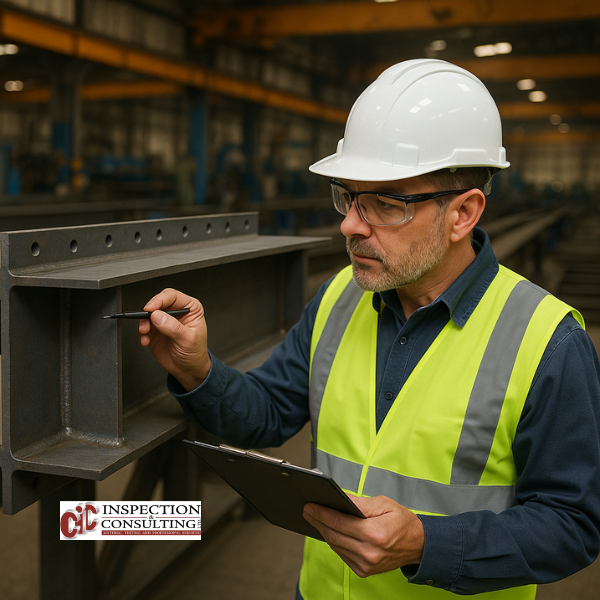Why Quality Assurance During Structural Steel Fabrication Matters

In the world of structural steel fabrication, the success of any project depends not just on meeting design specifications, but on doing so consistently, efficiently, and safely. That’s why it’s crucial to shift the industry mindset from “catching mistakes at the end” (Quality Control) to preventing them in the first place through robust Quality Assurance practices.
Understanding the Difference: Quality Assurance (QA) vs Quality Control (QC)
Quality Control (QC) is reactive. It involves inspecting finished products to identify defects or deviations from the required specifications. While QC is important, it often catches issues after time, materials, and labor have already been wasted.
Quality Assurance (QA), on the other hand, is proactive. It refers to the planned and systematic activities implemented during the fabrication process to ensure quality is built into the product from the beginning.
Why QA Should Lead in Structural Steel Fabrication
1. Reduces Rework and Waste
Mistakes caught at the QC stage—such as misaligned bolt holes, weld discontinuities, or non-conforming materials—often require significant rework. This not only costs time and money, but can also delay downstream processes like painting, shipping, or erection. A solid QA process detects and corrects issues before they escalate, reducing waste and keeping production on track.
2. Ensures Code Compliance Early On
Structural steel must meet stringent industry standards (CSA, AISC, AWS, etc.). Waiting until the final inspection to verify compliance is risky and inefficient. QA ensures that WPSs are followed, welder qualifications are valid, and materials meet specification—right from the start. This helps maintain compliance without scrambling for last-minute fixes.
3. Improves Fabrication Workflow
QA integrates checks and balances into the workflow, creating smoother transitions between steps like cutting, fitting, welding, and inspection. Rather than interrupting production with emergency fixes, QA provides a roadmap for consistent quality that can be followed by every team member.
4. Enhances Safety
Defective structural components can compromise the safety of the structure and everyone involved in its erection and use. QA practices such as verifying proper welding procedures, confirming material certifications, and inspecting fit-ups before welding help prevent the introduction of hidden defects that may not be caught during a final QC pass.
5. Builds a Culture of Accountability
When QA is emphasized, everyone—from project managers to fabricators—takes ownership of quality. It becomes part of the workplace culture rather than the sole responsibility of inspectors. This mindset shift leads to better training, improved morale, and a stronger focus on doing things right the first time.
6. Reduces Project Risk
Relying on QC alone increases the risk of project overruns, client dissatisfaction, and even legal liability if defects make it to the job site. QA minimizes these risks by embedding quality into every phase of fabrication, from material procurement to final delivery.
Integrating QA into Your Fabrication Process
Effective QA in structural steel fabrication should include:
- Pre-fabrication meetings to align on project specifications and procedures
- Incoming material verification (mill certs, traceability)
- In-process inspections at each fabrication stage
- Weld procedure and personnel qualification reviews
- Documented hold points and checklists
- Ongoing training and competency assessments
- Continuous improvement feedback loops
Quality is a Process
In structural steel fabrication, quality can not be an afterthought. By the time QC flags an issue, the cost of fixing it is already high. Instead, adopting a QA-first approach ensures that quality is built into every step of the process—resulting in safer structures, fewer delays, and more profitable projects.
Don’t wait until the steel is cut, welded, and painted to start caring about quality. Start from day one and make QA the backbone of your fabrication process.
